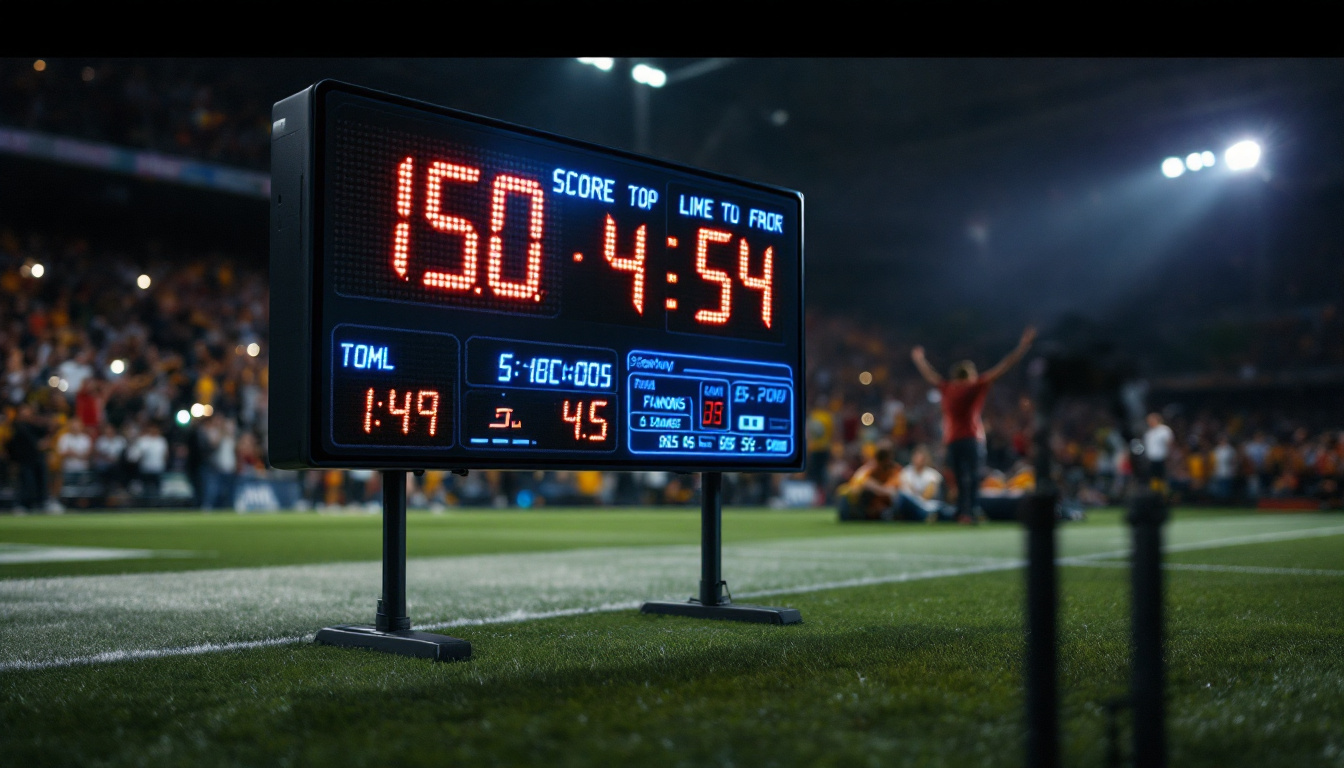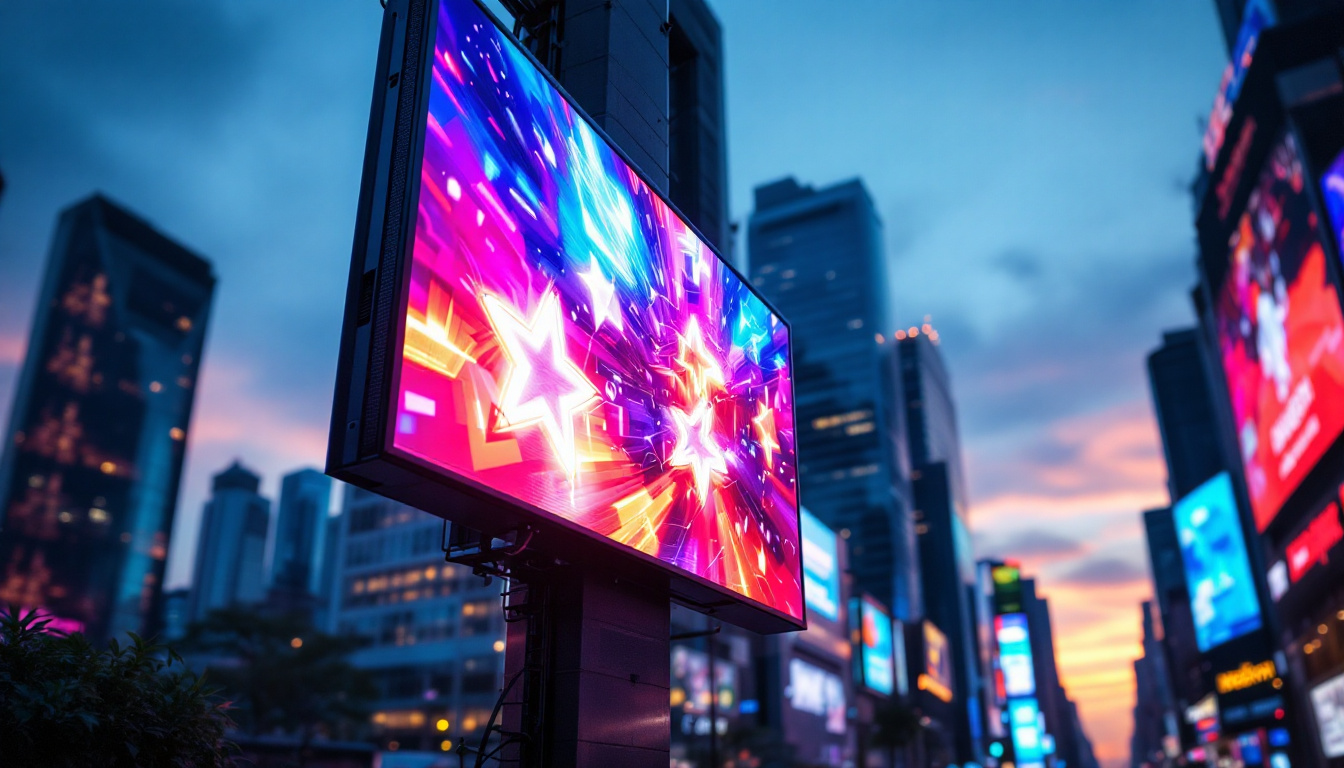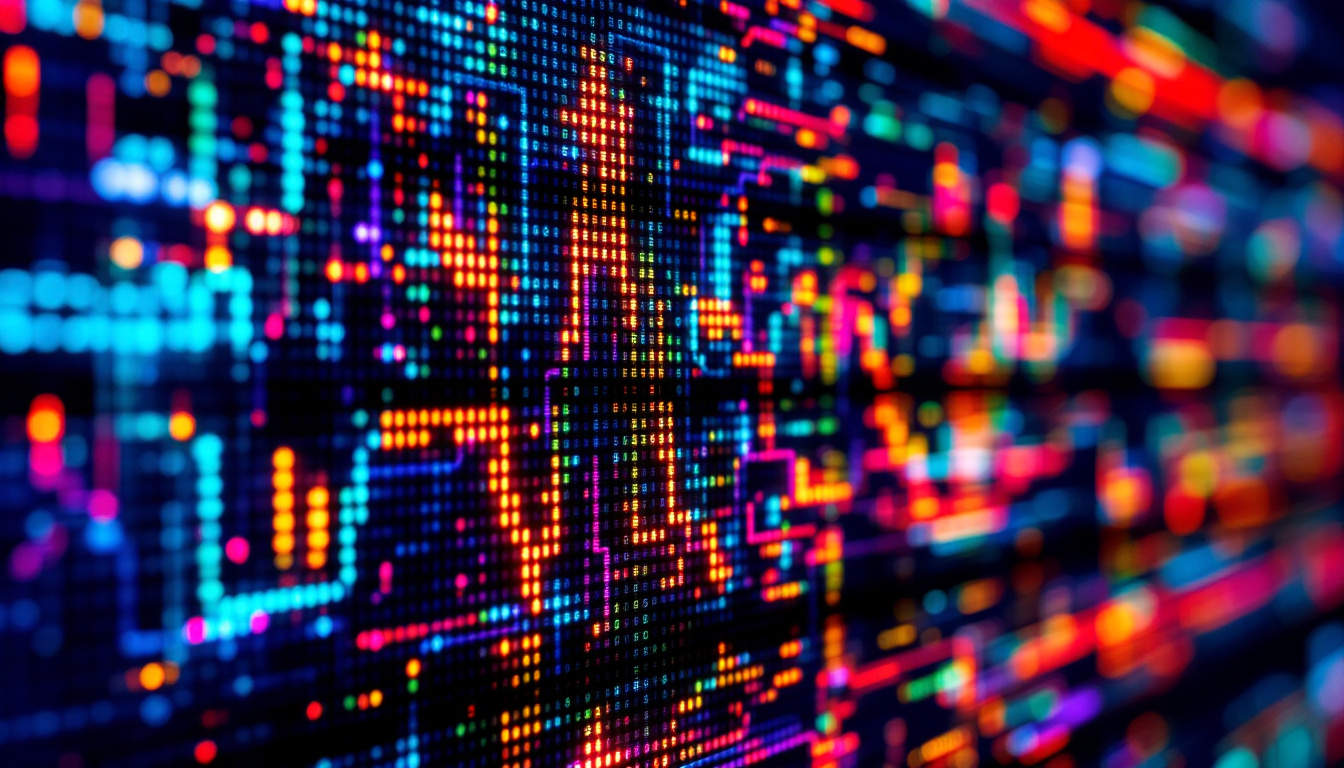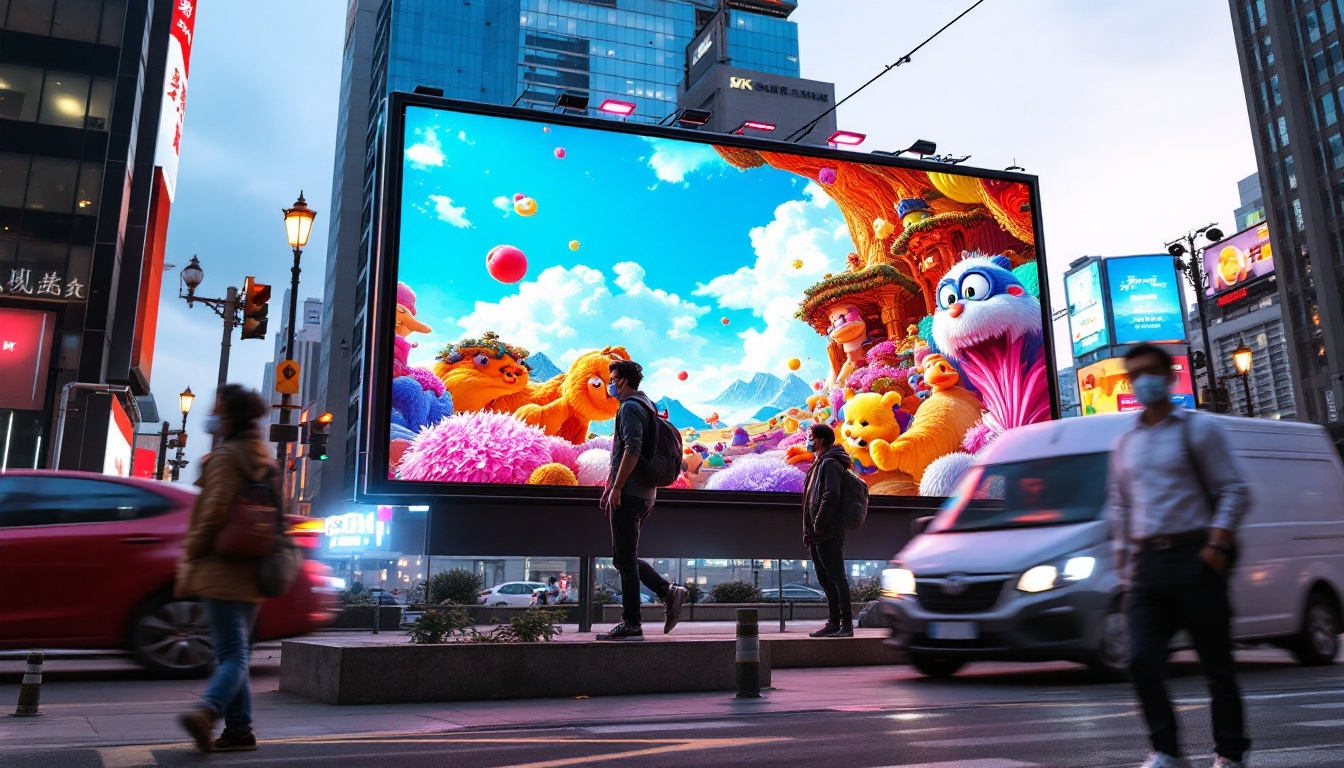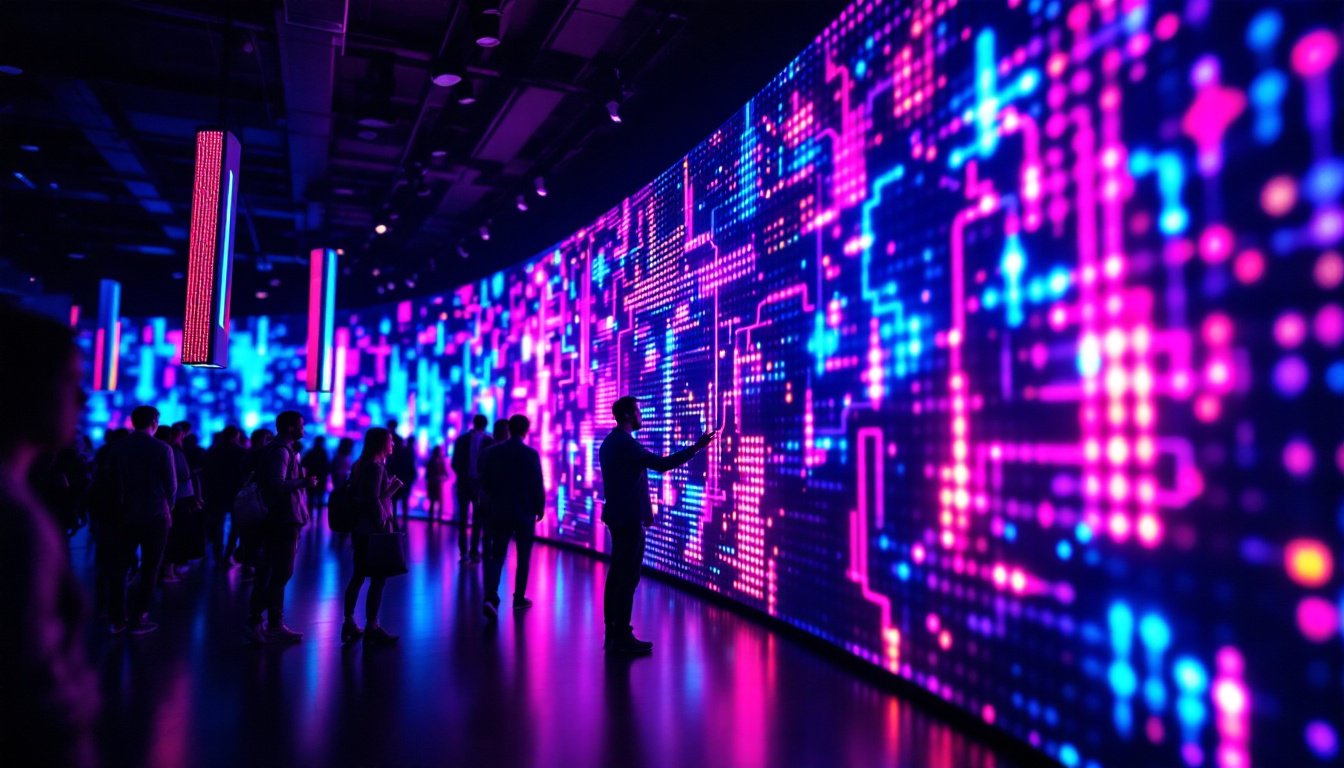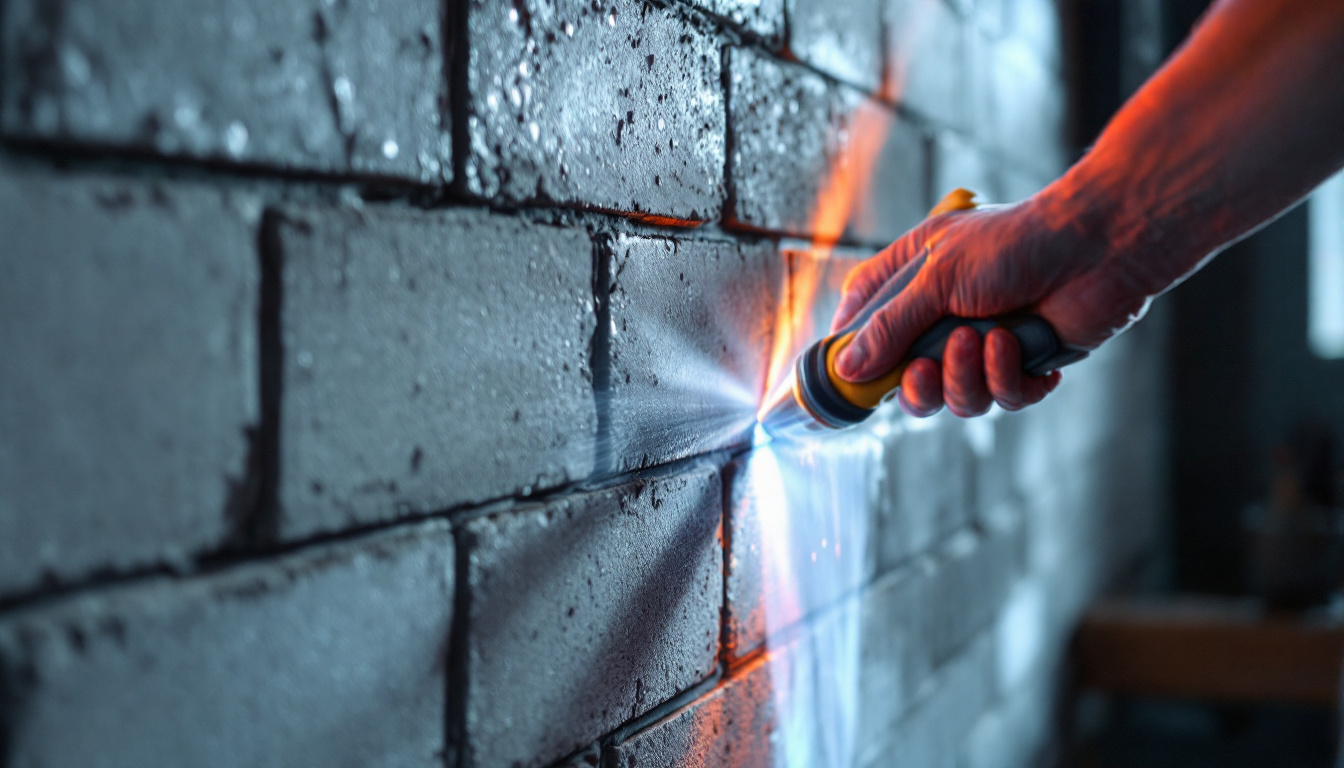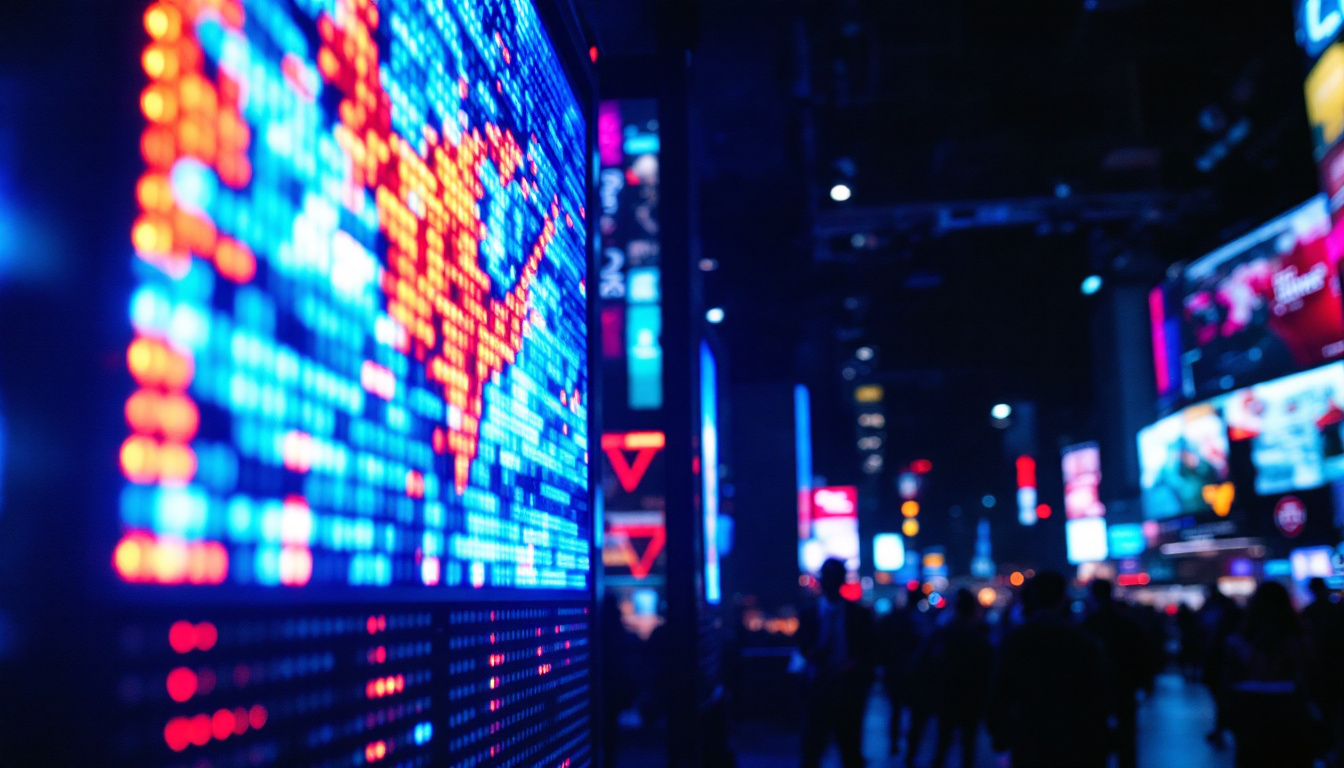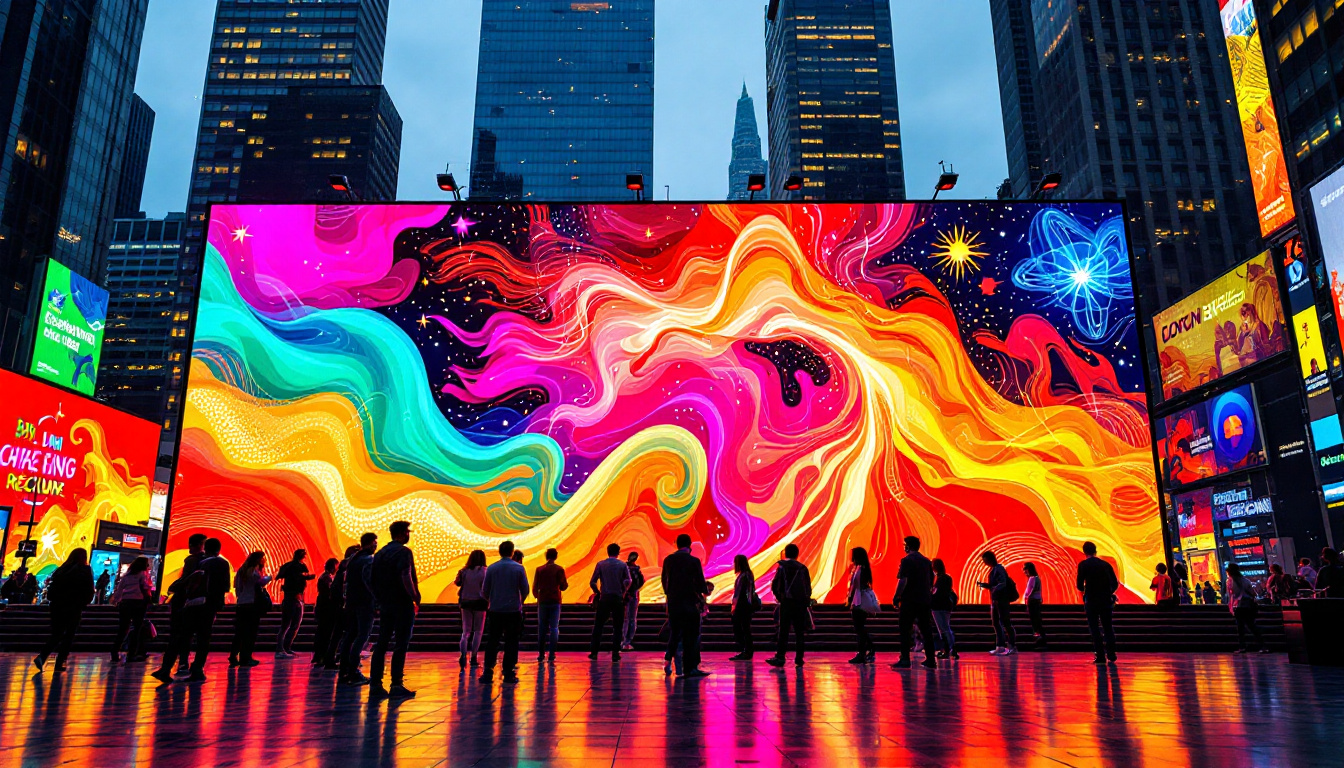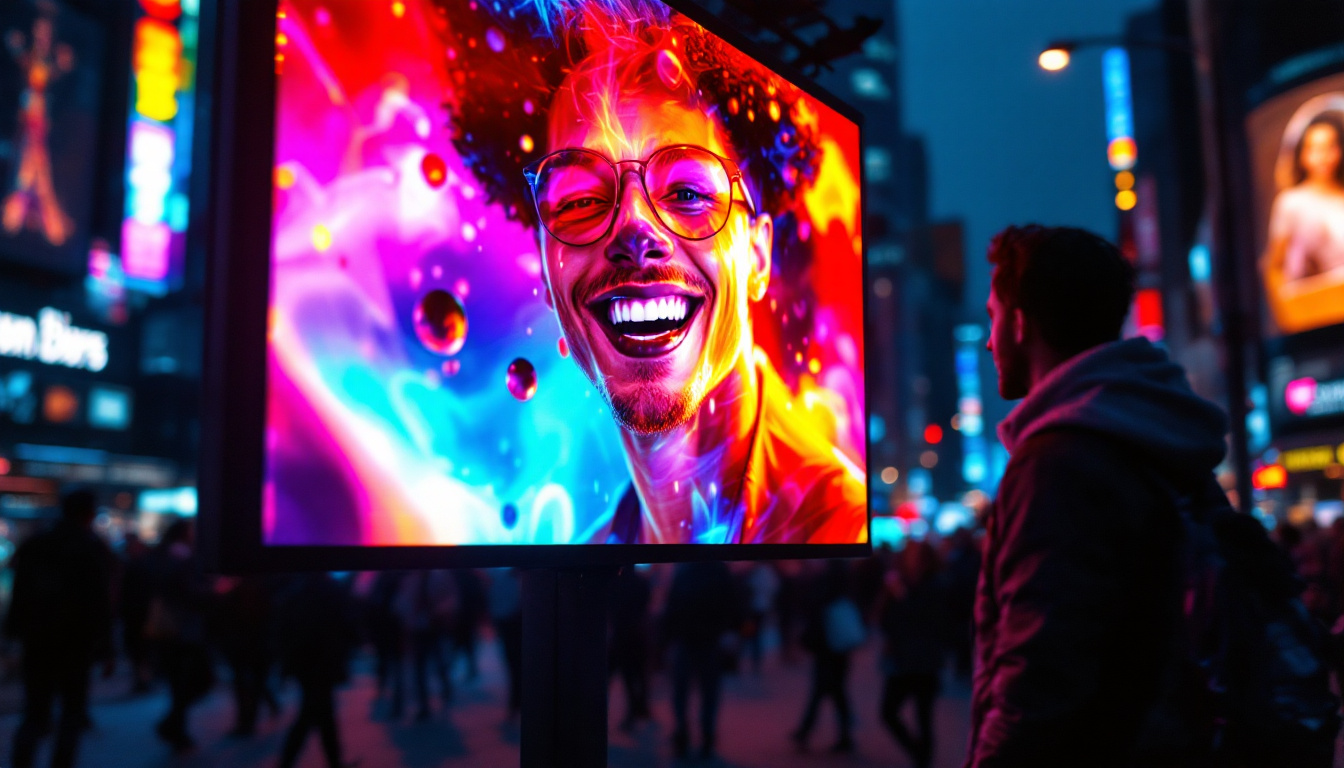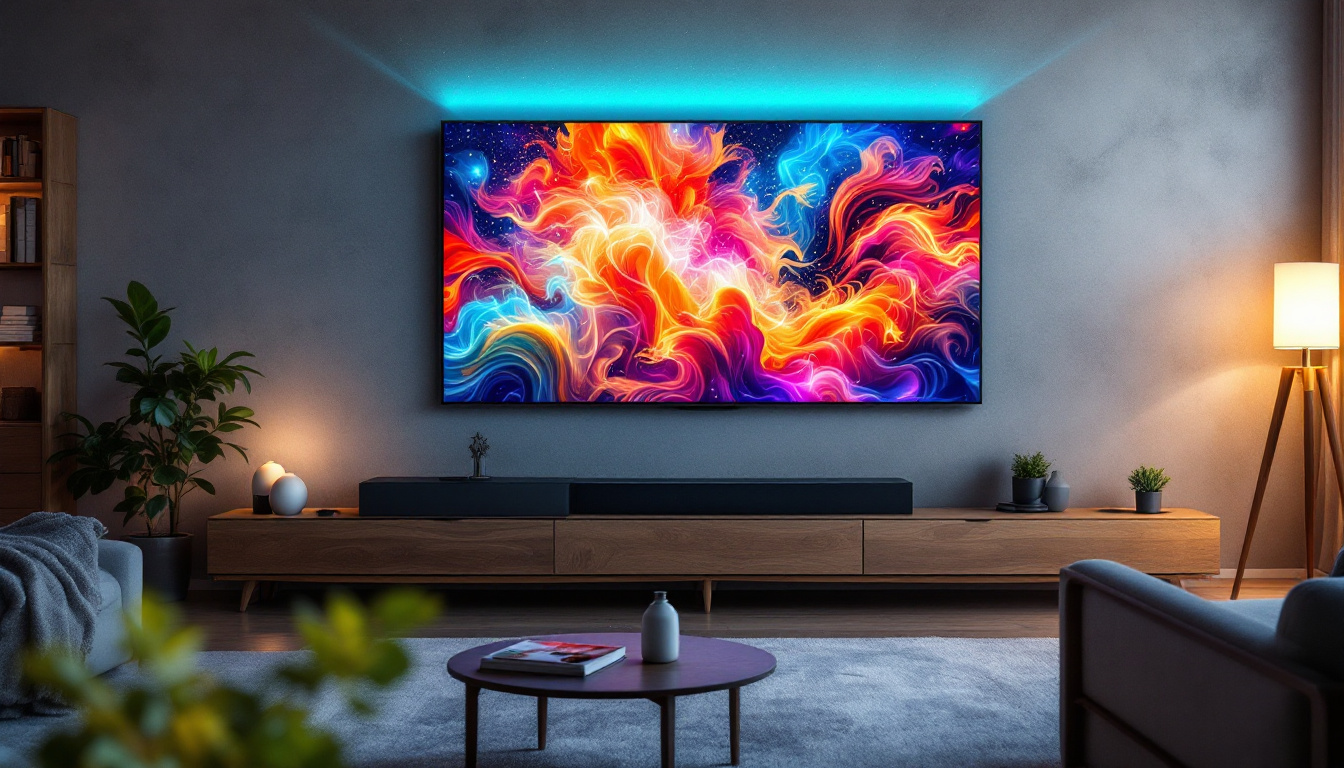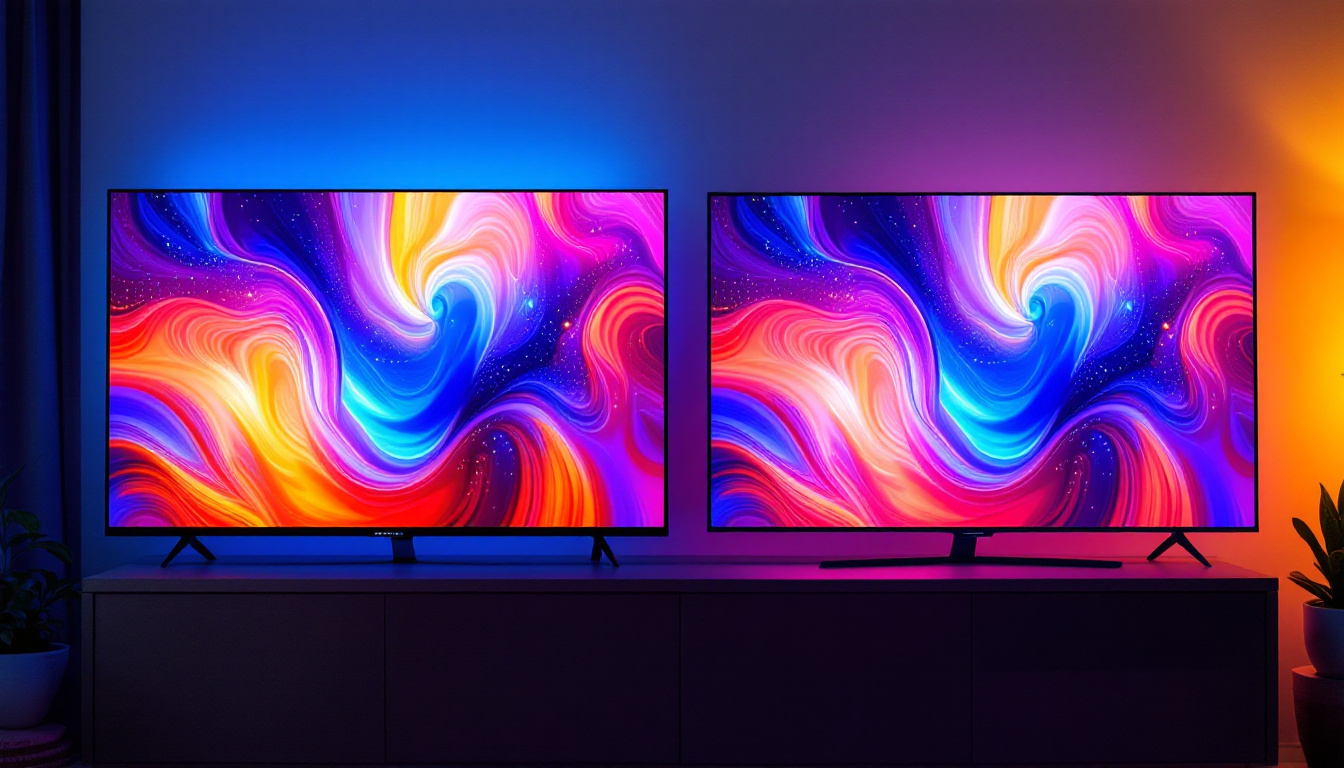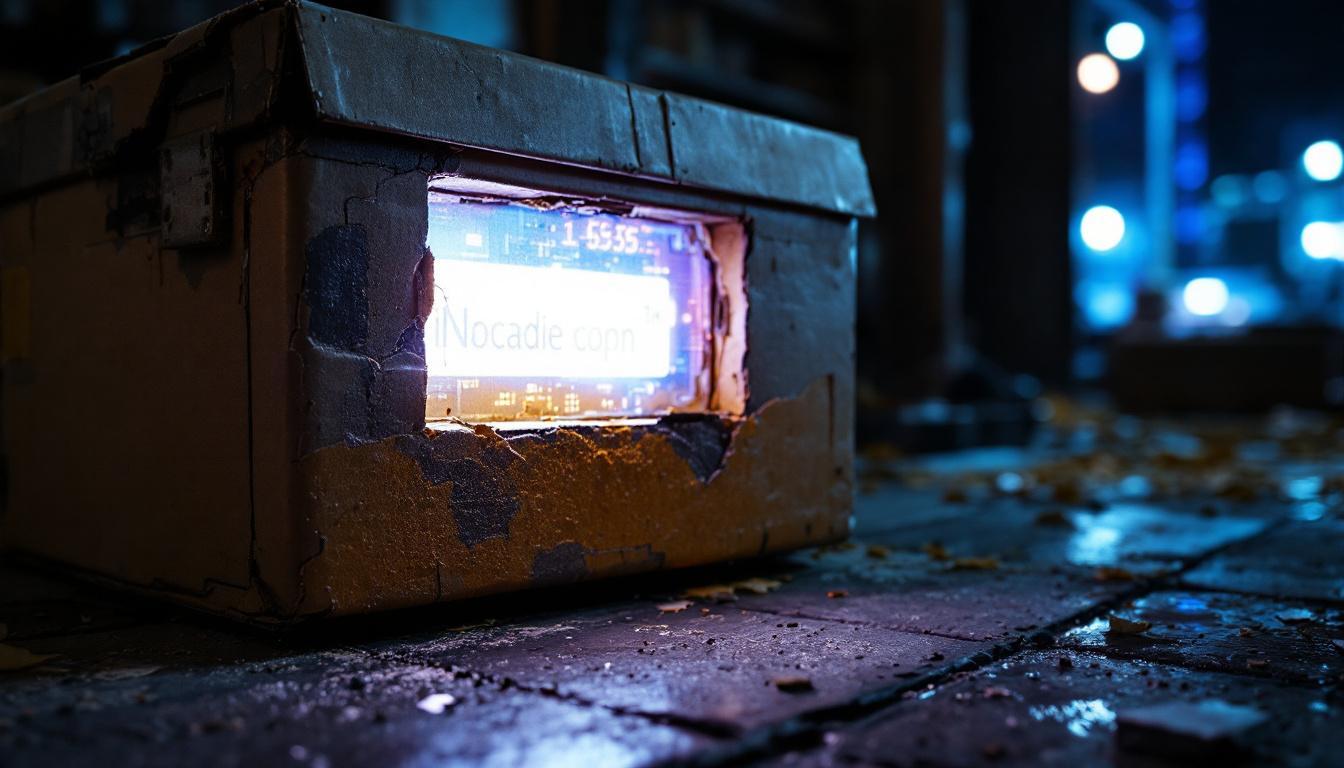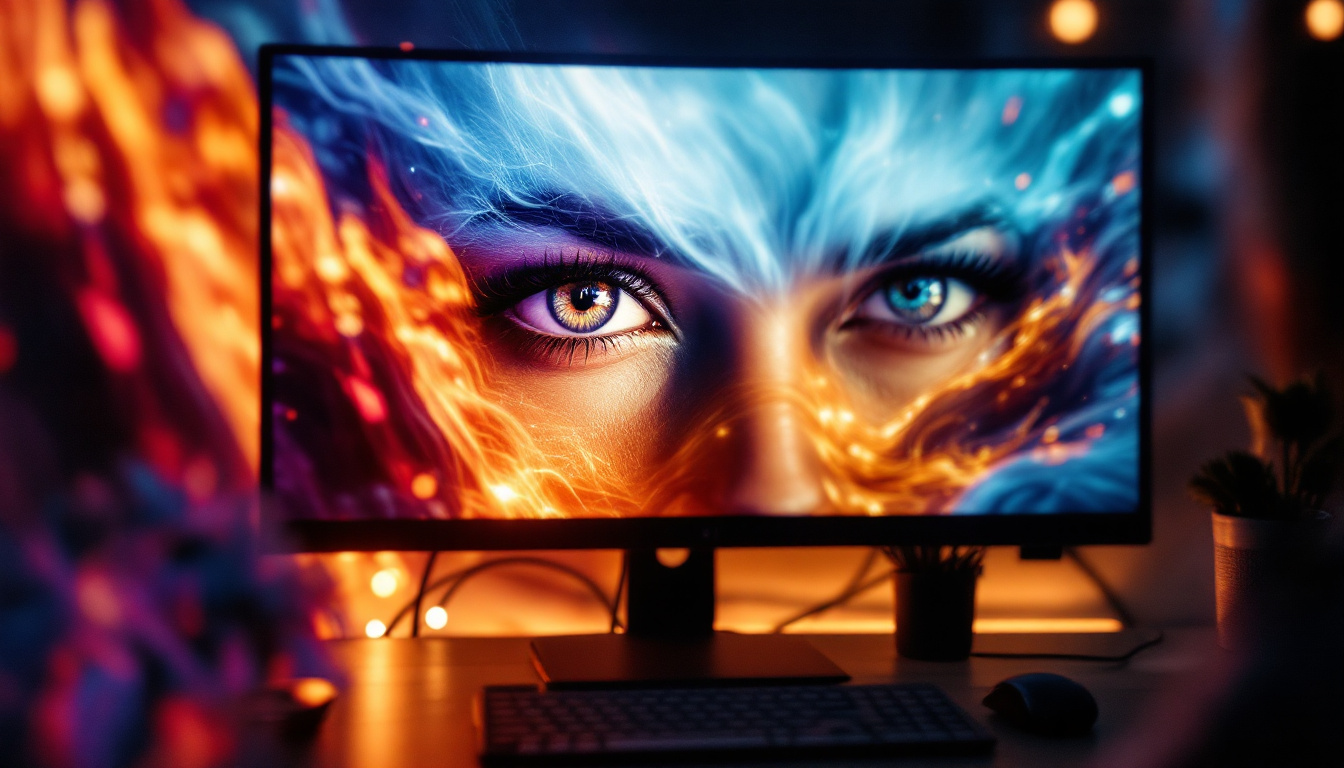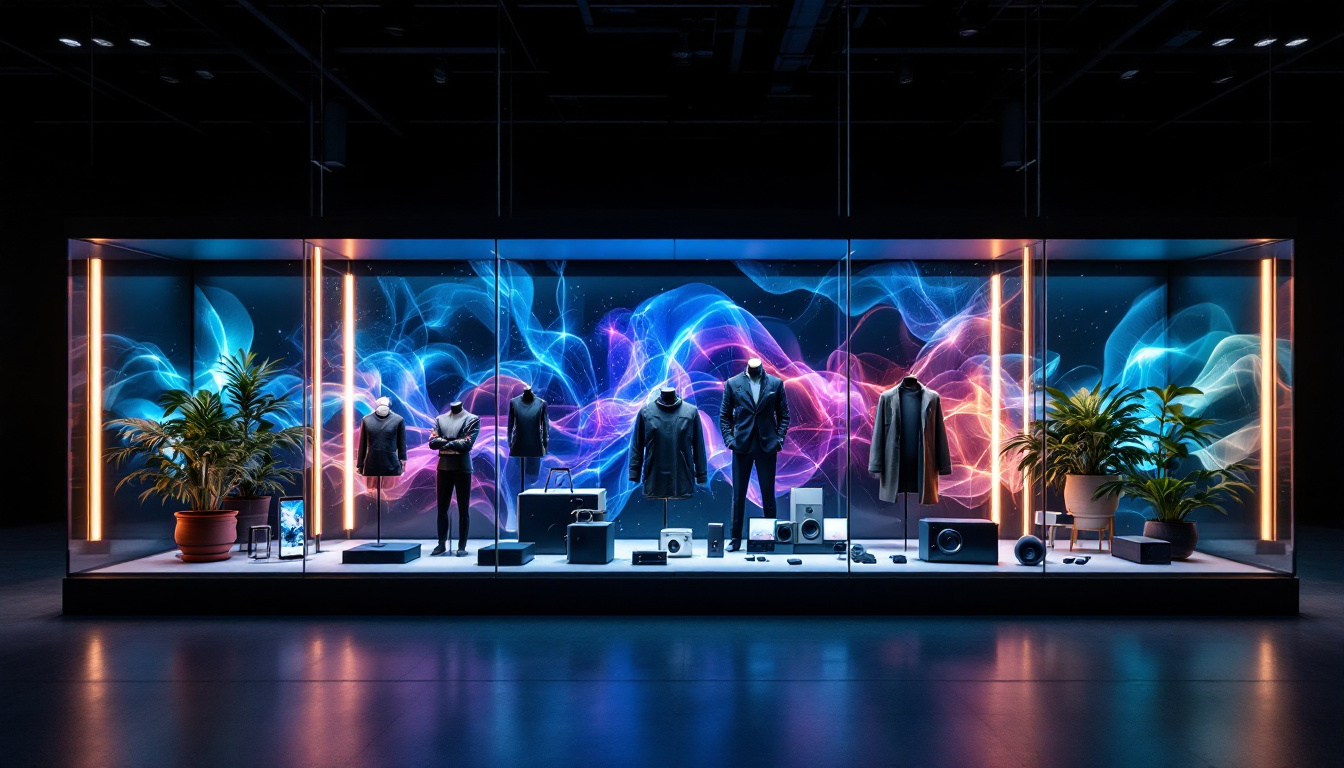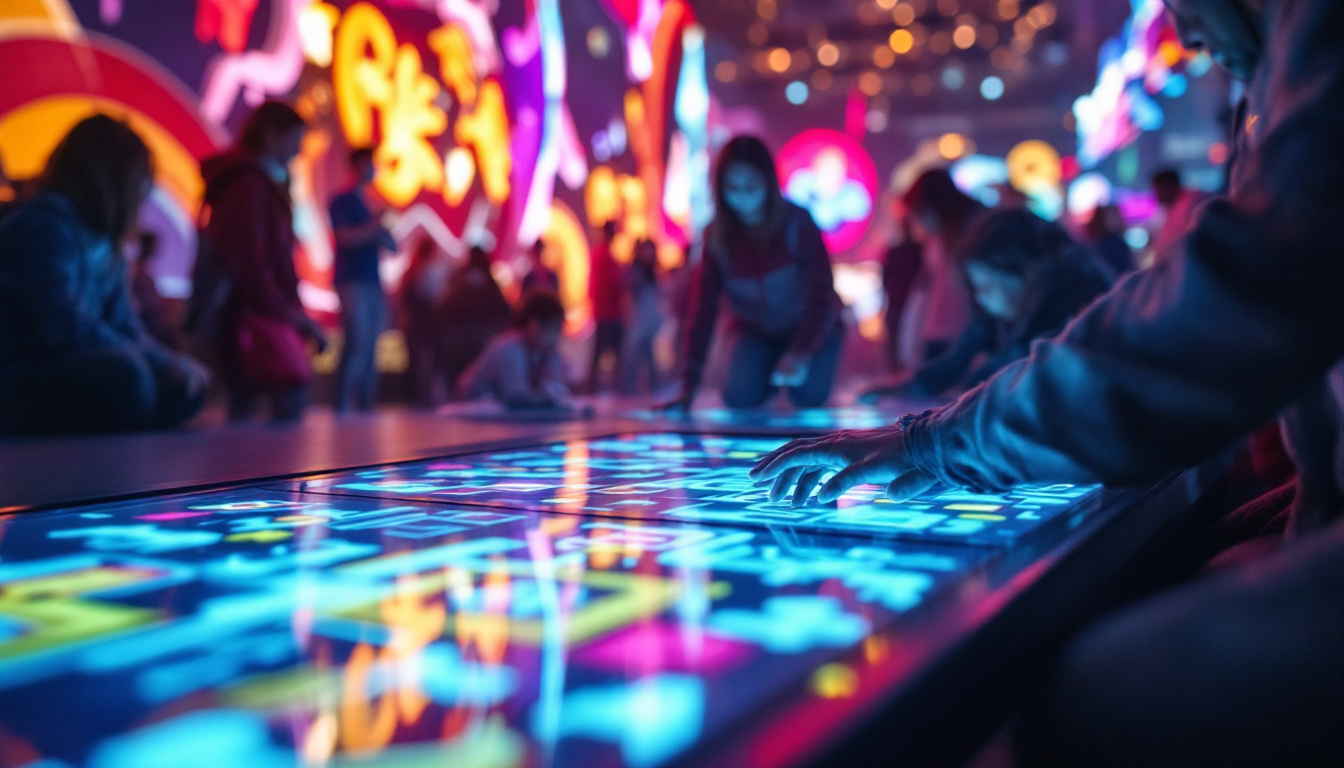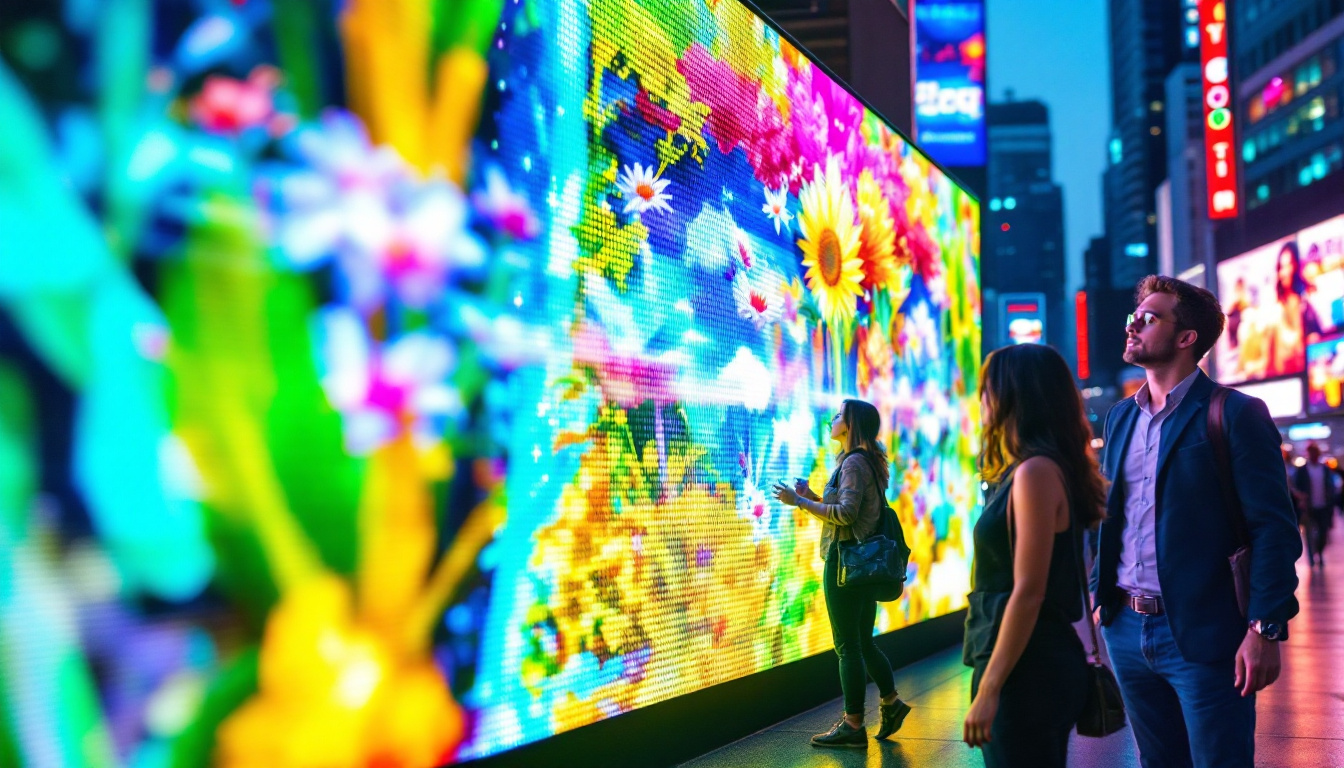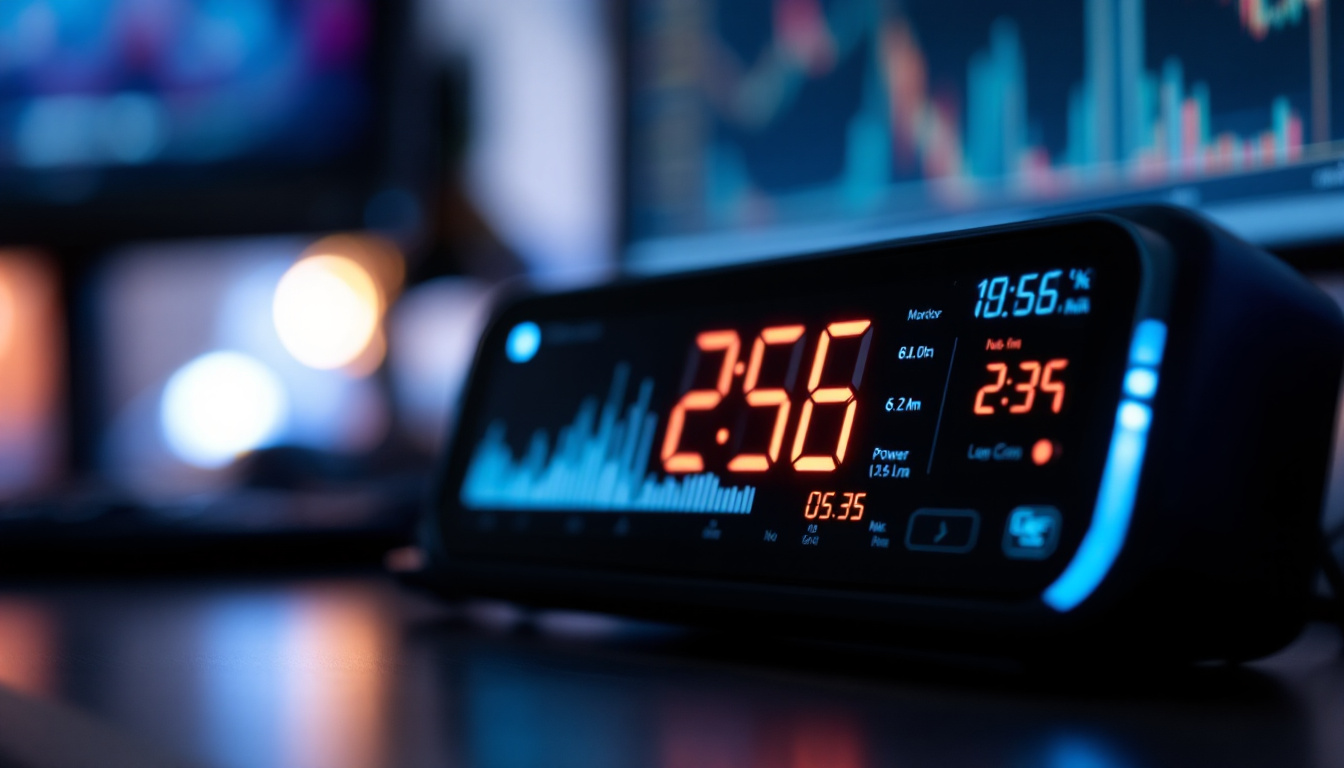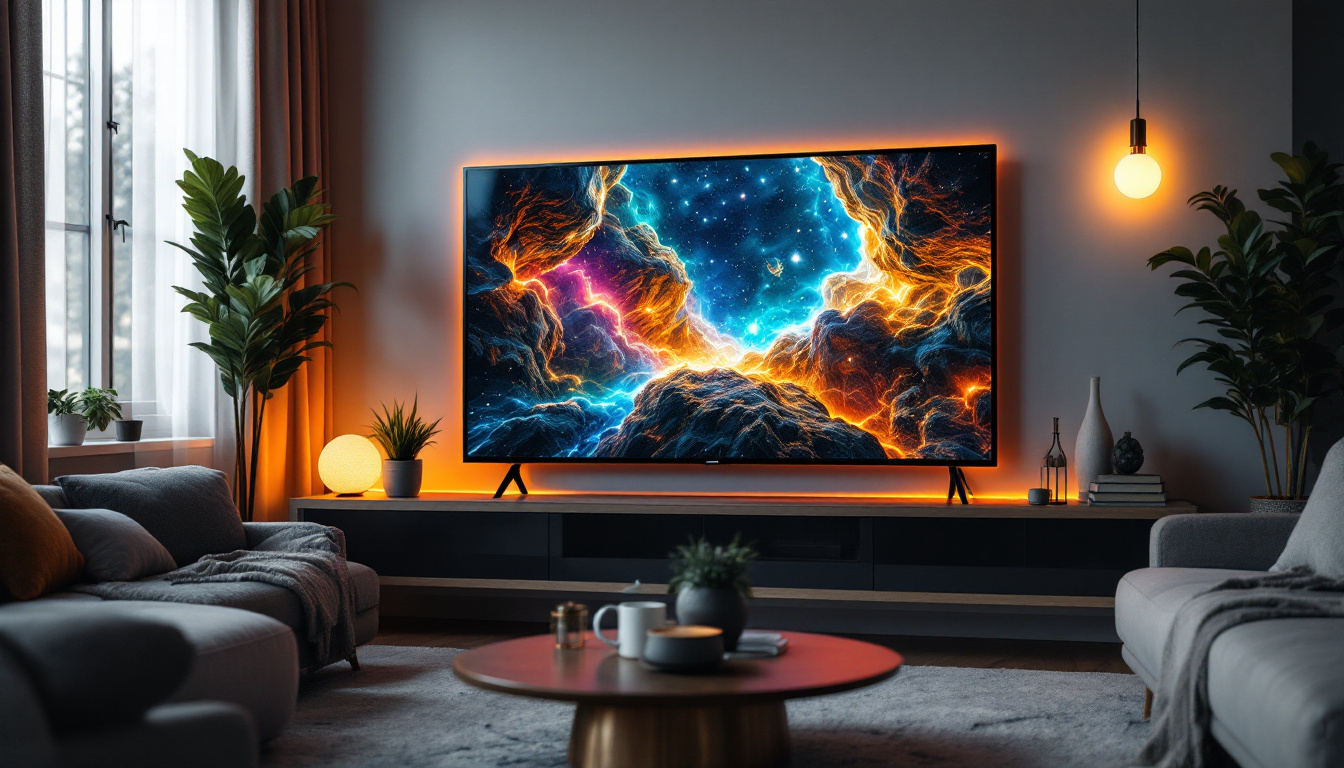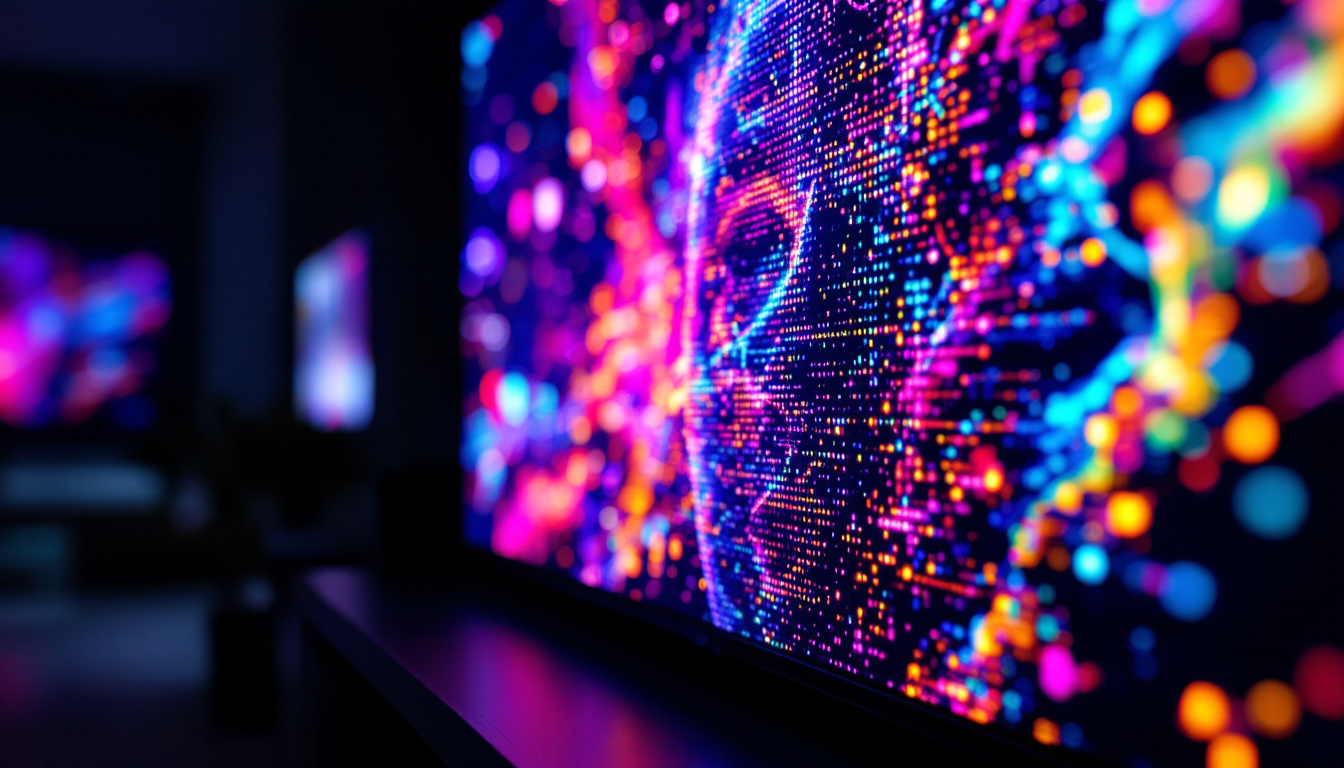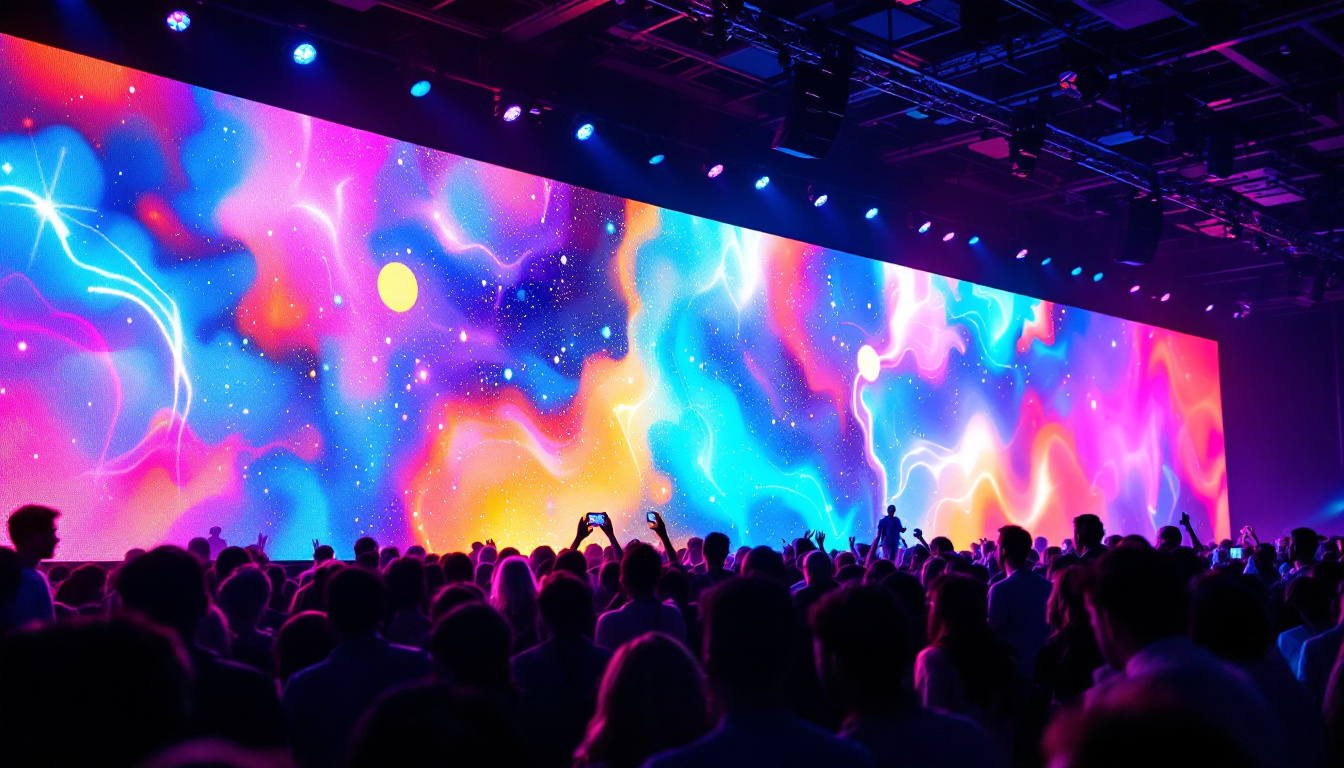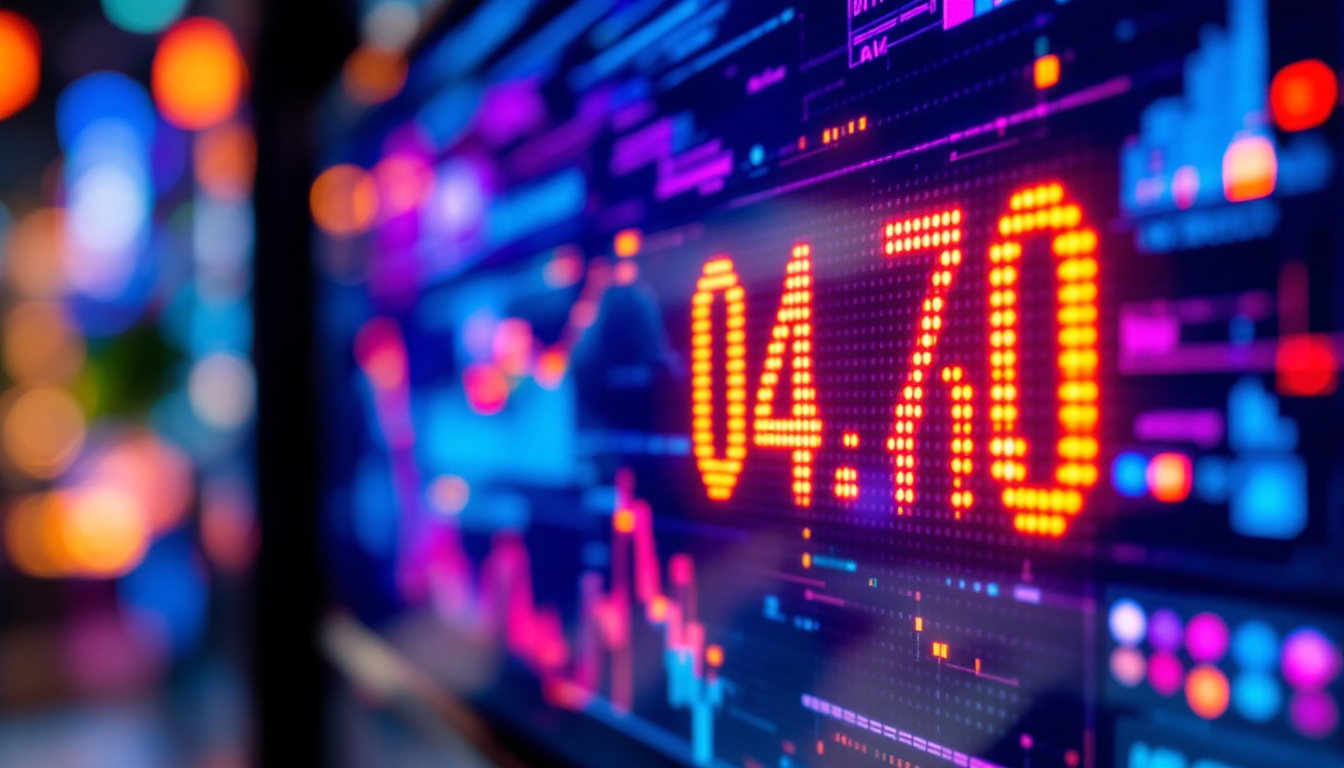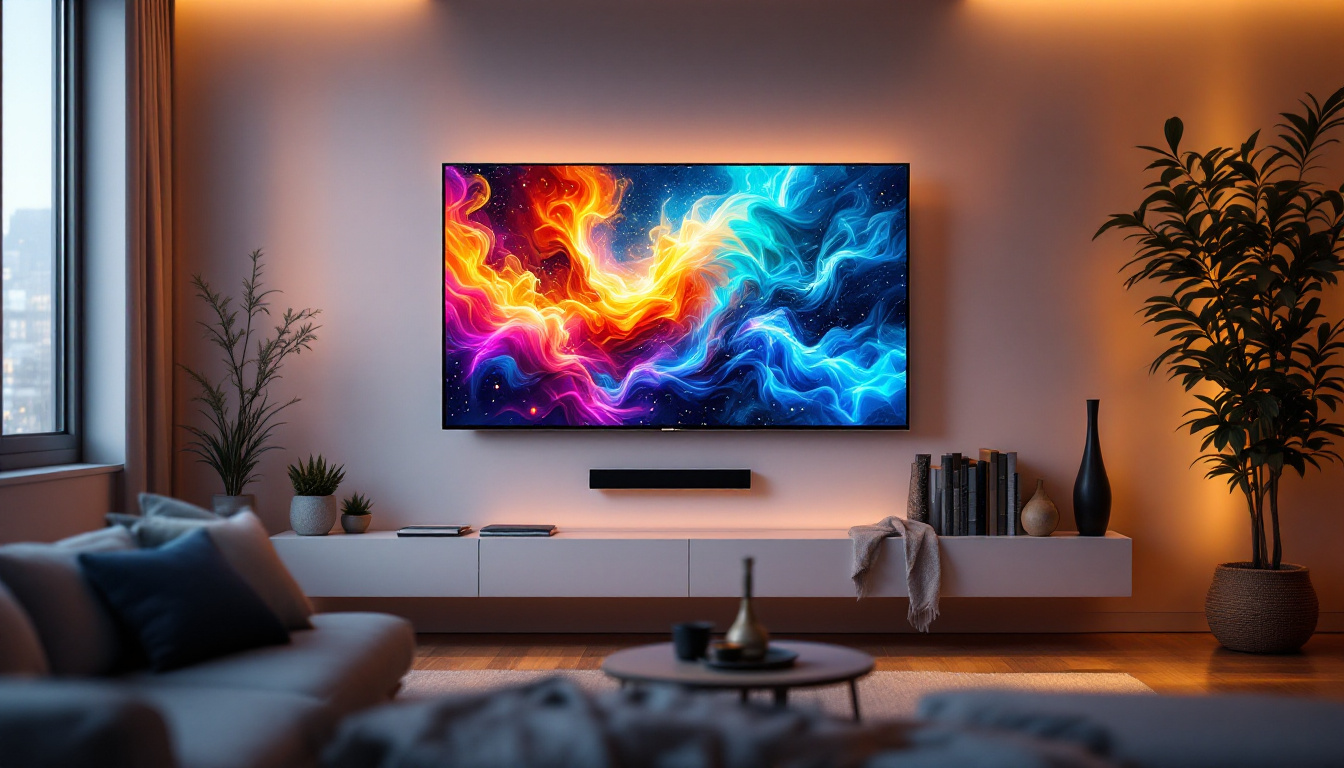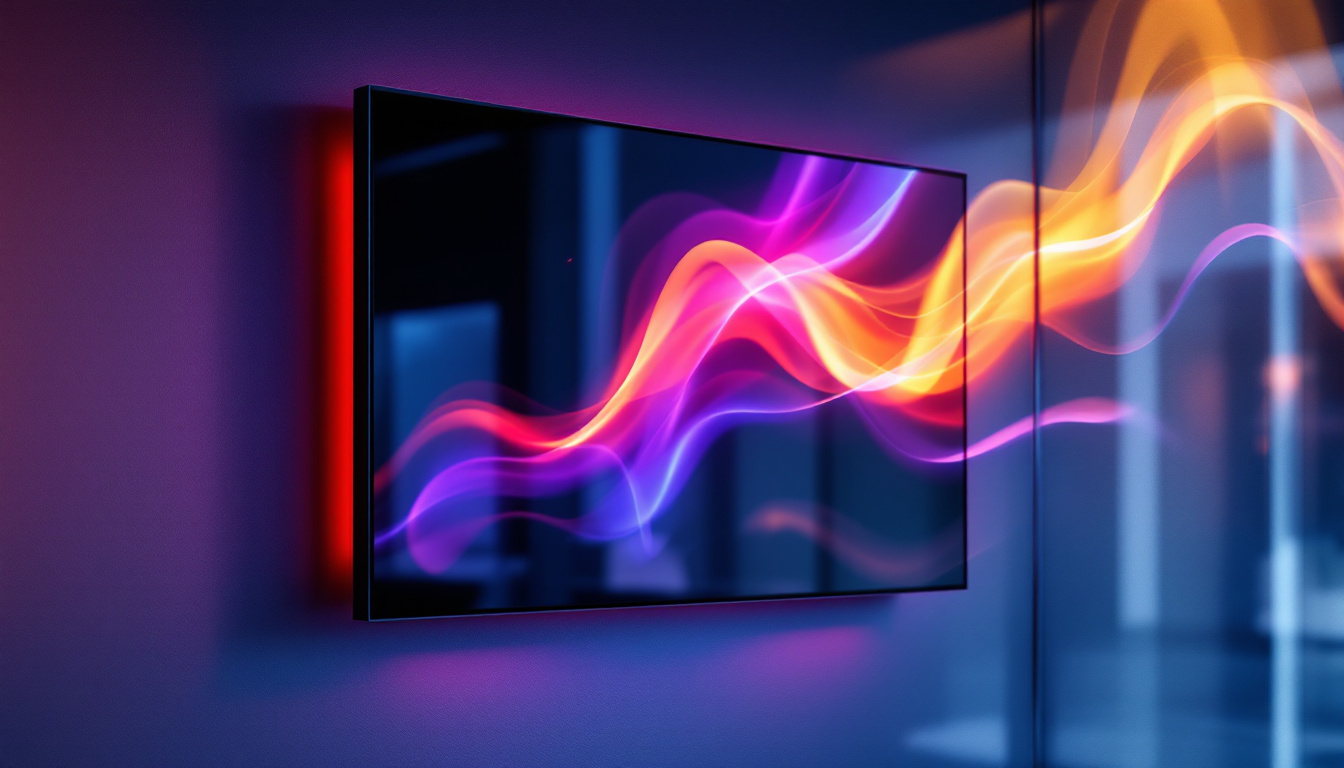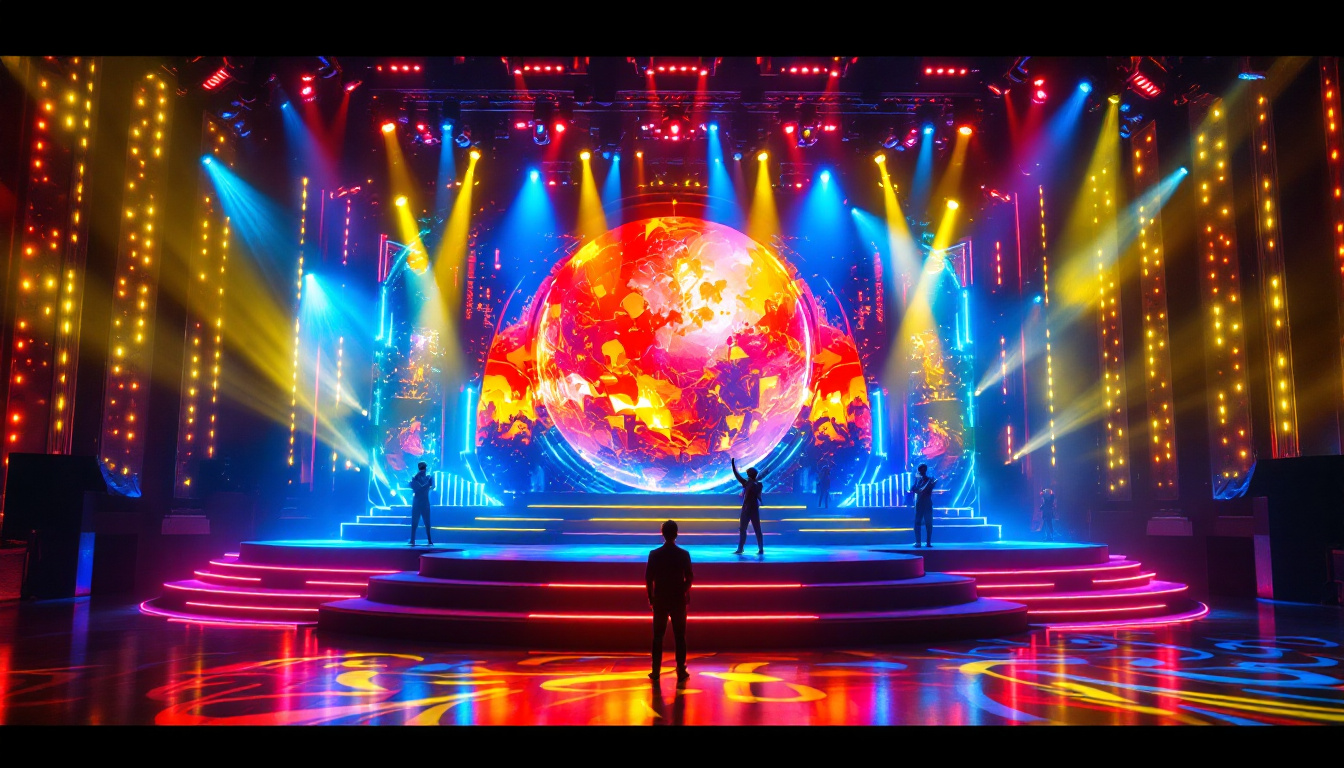In today’s fast-paced digital world, the demand for high-quality visual displays has skyrocketed. From advertising to entertainment, LED displays have become a staple in various industries. This article delves into the intricacies of LED displays, exploring their technology, applications, and the benefits they offer.
Understanding LED Technology
Light Emitting Diodes (LEDs) are semiconductor devices that emit light when an electric current passes through them. The technology behind LEDs has evolved significantly over the years, leading to the development of vibrant and energy-efficient display solutions. Initially, LEDs were limited to simple indicator lights, but advancements in materials and design have transformed them into powerful lighting and display tools used in various industries.
The Basics of LED Operation
At its core, an LED display consists of numerous tiny LED bulbs arranged in a grid. Each bulb can emit different colors, and by controlling the intensity of these colors, a wide spectrum of hues can be produced. This capability allows for the creation of dynamic images and videos that can capture the attention of viewers. The efficiency of LED technology is not just in its energy consumption; it also boasts a longer lifespan compared to traditional lighting solutions, often lasting tens of thousands of hours before requiring replacement.
LED displays operate on the principle of additive color mixing. By combining red, green, and blue (RGB) light in varying intensities, the display can generate a full range of colors. This technology is not only efficient but also provides excellent brightness and clarity, making it suitable for both indoor and outdoor applications. The brightness of LEDs can be adjusted according to the environment, ensuring optimal visibility even in direct sunlight, which is a significant advantage for outdoor advertising and public displays.
Types of LED Displays
LED displays can be categorized into several types, each designed for specific applications. The most common types include:
- Direct View LED Displays: These displays are made up of individual LED modules that form a larger screen. They are often used in large outdoor billboards and stadiums, where high visibility is crucial for capturing the attention of large crowds.
- LED Video Walls: Composed of multiple LED panels, video walls are used in control rooms, concert venues, and trade shows to create a large, seamless display. Their modular nature allows for flexibility in size and shape, making them ideal for various settings.
- Transparent LED Displays: These innovative displays allow for visibility through the screen while still delivering vibrant images. They are often used in retail environments and architectural applications, enabling brands to showcase products while maintaining an open and inviting atmosphere.
In addition to these common types, there are also specialized LED displays designed for niche markets. For instance, flexible LED displays can be bent and shaped to fit unconventional spaces, making them perfect for creative installations and artistic displays. Furthermore, advancements in LED technology have led to the development of high-definition and ultra-high-definition displays, which provide stunning image quality and are increasingly being adopted in broadcasting and cinema. As the technology continues to evolve, we can expect even more innovative applications that push the boundaries of visual communication.
Applications of LED Displays
The versatility of LED displays makes them suitable for a wide range of applications across various industries. Their ability to deliver high-quality visuals in different environments is unmatched.
Advertising and Marketing
One of the most prominent uses of LED displays is in advertising. Businesses leverage these displays to showcase their products and services in a visually appealing manner. The bright colors and dynamic content can attract potential customers, making LED displays an effective marketing tool.
From digital billboards on highways to interactive displays in shopping malls, LED technology allows for real-time updates and engaging content. Advertisers can change messages instantly, ensuring that their promotions are always relevant and timely. Moreover, the integration of sensors and data analytics can further enhance advertising strategies, allowing businesses to tailor their messages based on audience demographics and behavior, thus maximizing engagement and conversion rates.
Entertainment and Events
In the entertainment sector, LED displays play a crucial role in concerts, festivals, and sporting events. Large screens are often set up to provide audiences with a clear view of performances, enhancing the overall experience.
Additionally, LED displays are used in theaters and cinemas to create immersive environments. The ability to project high-definition visuals ensures that audiences remain captivated throughout the performance. Beyond traditional uses, LED technology is also being incorporated into stage designs, where flexible LED panels can be shaped and arranged to create stunning visual backdrops that change dynamically with the performance, further blurring the lines between art and technology.
Corporate and Educational Use
LED displays are increasingly being adopted in corporate environments for presentations and meetings. Their clarity and brightness make them ideal for displaying data, videos, and graphics, facilitating better communication among team members.
In educational institutions, LED displays are transforming classrooms into interactive learning environments. Teachers can use these displays to present multimedia content, making lessons more engaging for students. Furthermore, the interactive capabilities of some LED displays allow for real-time feedback and participation, enabling students to engage with the material in a hands-on manner. This shift not only enhances understanding but also fosters collaboration among students, preparing them for a more interconnected and technology-driven world.
Benefits of LED Displays
Investing in LED display technology offers numerous advantages that can enhance visibility and engagement for businesses and organizations alike.
Energy Efficiency
One of the most significant benefits of LED displays is their energy efficiency. Compared to traditional display technologies, such as LCD or plasma, LEDs consume significantly less power. This not only reduces operational costs but also contributes to environmental sustainability.
The long lifespan of LED bulbs, often exceeding 50,000 hours, further enhances their cost-effectiveness. Businesses can enjoy lower maintenance costs and reduced frequency of replacements, making LED displays a wise investment in the long run.
High Brightness and Contrast
LED displays are known for their exceptional brightness and contrast levels. This capability allows them to perform well in various lighting conditions, including direct sunlight. As a result, outdoor LED displays remain visible and vibrant, ensuring that messages are conveyed effectively.
The high contrast ratio of LED displays also enhances image quality, making colors appear more vivid and details sharper. This characteristic is particularly beneficial for applications requiring precise visual representation, such as medical imaging and graphic design.
Flexibility and Customization
Another advantage of LED displays is their flexibility and customization options. They can be designed in various shapes and sizes, allowing for creative installations that fit specific requirements. This adaptability makes them suitable for unique architectural designs and branding initiatives.
Furthermore, LED displays can be programmed to display different content at different times, enabling businesses to tailor their messages to specific audiences. This level of customization enhances engagement and ensures that the right message reaches the right people.
Challenges and Considerations
While LED displays offer numerous benefits, there are also challenges and considerations that potential users should be aware of before making an investment.
Initial Costs
Although the long-term benefits of LED displays are substantial, the initial investment can be significant. Businesses must weigh the upfront costs against the potential savings and revenue generation that high-quality displays can provide.
It is essential to conduct a thorough cost-benefit analysis to determine whether the investment aligns with the organization’s goals and budget constraints. In some cases, financing options or leasing arrangements may be available to help mitigate the initial financial burden.
Maintenance and Technical Support
While LED displays are generally low-maintenance, they are not entirely maintenance-free. Regular cleaning and occasional repairs may be necessary to ensure optimal performance. Organizations should factor in these ongoing maintenance costs when evaluating the total cost of ownership.
Additionally, having access to technical support is crucial for resolving any issues that may arise. Partnering with a reputable supplier or service provider can help ensure that businesses receive the support they need to keep their displays functioning effectively.
Future Trends in LED Display Technology
The LED display industry is continuously evolving, with new technologies and trends emerging regularly. Staying informed about these developments can help businesses make strategic decisions regarding their display solutions.
Advancements in Resolution
As technology progresses, the resolution of LED displays is improving significantly. High-resolution displays, such as 4K and even 8K, are becoming more accessible, providing sharper images and enhanced detail. This trend is particularly important for applications requiring high-definition visuals, such as broadcasting and digital signage.
As the demand for higher resolution displays increases, manufacturers are investing in research and development to create even more advanced technologies that will push the boundaries of visual quality.
Integration with Smart Technology
Another trend is the integration of LED displays with smart technology. This includes features such as Internet of Things (IoT) connectivity, allowing displays to be monitored and controlled remotely. Businesses can adjust content, track performance metrics, and receive alerts for maintenance needs through connected devices.
This level of integration enhances the functionality of LED displays, making them more versatile and easier to manage, ultimately leading to improved user experiences.
Conclusion
LED displays have revolutionized the way businesses and organizations communicate visually. Their versatility, energy efficiency, and high-quality output make them an ideal choice for a wide range of applications. While there are challenges to consider, the benefits often outweigh the drawbacks, making LED displays a valuable investment for the future.
As technology continues to advance, staying abreast of the latest trends and innovations in LED display technology will be essential for organizations looking to maintain a competitive edge. By embracing this dynamic technology, businesses can enhance their visibility, engage their audiences, and ultimately drive success in an increasingly digital world.
Discover the Future of Visual Communication with LumenMatrix
Ready to elevate your visual presence and captivate your audience like never before? Explore LumenMatrix’s comprehensive range of LED display solutions, where innovation meets excellence. From the vibrant Indoor LED Wall Display to the dynamic Outdoor LED Wall Display, and from the versatile Vehicle LED Display to the sleek LED Poster Display, LumenMatrix is at the forefront of transforming environments with its LED Sports Display, Floor LED Display, Custom LED Display, All-in-One LED Display, and LED Transparent Display. Embrace the future of digital signage with LumenMatrix and let your brand shine with unparalleled clarity and impact. Check out LumenMatrix LED Display Solutions today and join the visual revolution.


